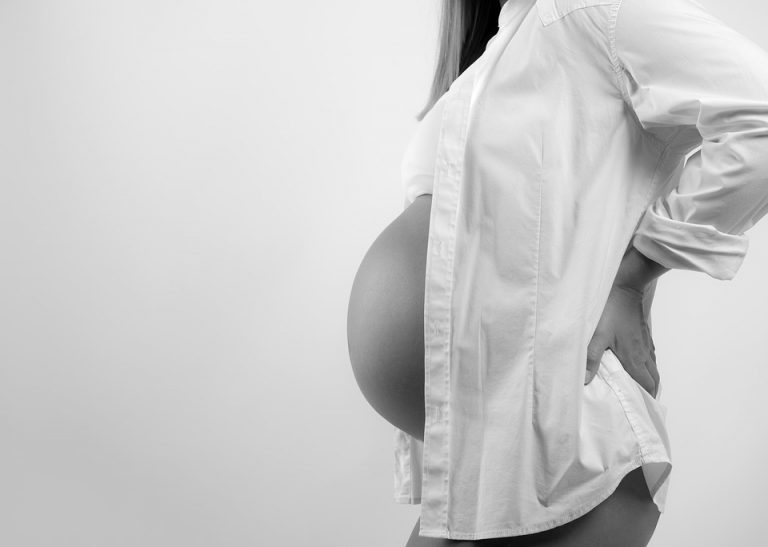A post from the Stillbirth Advocacy Working Group stillbirths series by Danielle Pollock
As the fetal movement message spreads and as pregnant women become more aware of the need to know their baby’s movements, I feel a sense of pride about the work of researchers who studied the association between fetal movement and stillbirth. Those researchers tirelessly spread the message about the issue, but I propose that we may be forgetting a core component – the “why.”
While the association between stillbirth and fetal movement is thoroughly discussed within the research community and amongst those who study stillbirth, I do not think that many women are actually told that we need to understand fetal movement in order to prevent stillbirth.
Is it the elephant in the room: women know stillbirth occurs, but no one talks about it? Is the importance of monitoring babies’ movements downplayed as a result? Ironically, stillbirth is then unconsciously relegated to a corner by the very professionals trying to reduce its occurrence.
There is a call to action by the World Health Organization and other related agencies to reduce stillbirth stigma by 2020. However, to date there have been limited mechanisms proposed for how to accomplish this. Maybe we need to consider that change needs to start with our health care professionals. We can perhaps make a start by openly talking to women about stillbirth alongside ways to reduce their risk, including by monitoring fetal movement.
A common barrier discussed by health care professionals is that talking to women about stillbirth is anxiety inducing. Yet a key component of creating behavioral change with health promotion is establishing the perception of risk. If the importance of monitoring fetal movements is seen as low, new behaviors will not be adopted. However, if the importance is perceived as high, we may inadvertently create unnecessary fear such that women may be too anxious to seek assistance if they are worried about their baby’s movements.
This anxiety barrier to discussing stillbirth may have unfortunately perpetuated the very stigma hindering the change we need. Therefore, we need to address a wider issue within fetal movement messaging: instigating a cultural change within health care. That starts with a perception shift and seeing the opportunities presented by fully informing women about stillbirth risks.
An empowering message can promote higher self-efficacy and adoption of the desired health behaviour: pregnant women monitoring fetal movements. This openness could not only encourage pregnant mothers to engage in fetal movement monitoring throughout their pregnancies, but also spread the message about its importance to their friends and families.
We can find a middle ground through further research regarding how to establish the importance of fetal movement monitoring among women without making them unduly fearful of stillbirth and deterring then from seeking help if they detect changes in fetal movement.
We must look at our colleagues who researched and developed the SIDS campaigns, and through their work were able to demonstrate the severity of the issue without an overwhelmingly fearful response. They were able to calmly talk about preventative messages of “back to sleep,” whilst giving the “why” – some babies die. We need to look at this successful campaign and take notice of their boldness, and, in turn, how much good change this has created, and not be fearful of saying the word stillbirth not only to pregnant mothers, but to everyone within our communities.
We do not want to be the ones perpetuating the silence; we want to be the ones facilitating and encouraging the needed changes. As a wise old wizard once said, “Always use the proper name for things. Fear of a name increases fear of the thing itself” (Harry Potter and the Philosopher’s Stone).
This post from a member of the Stillbirth Advocacy Working Group (SAWG) reflects the perspective of the author alone; it does not represent the views of the SAWG.
The Stillbirth Advocacy Working Group was founded by the Partnership for Maternal, Newborn and Child Health, and is co-chaired by the International Stillbirth Alliance and the London School of Hygiene & Tropical Medicine. Email co-chairs Hannah Blencowe or Susannah Leisher at hannah-jayne.blencowe@lshtm.ac.uk or shleisher@aol.com to learn more, or sign up to join the group here!

